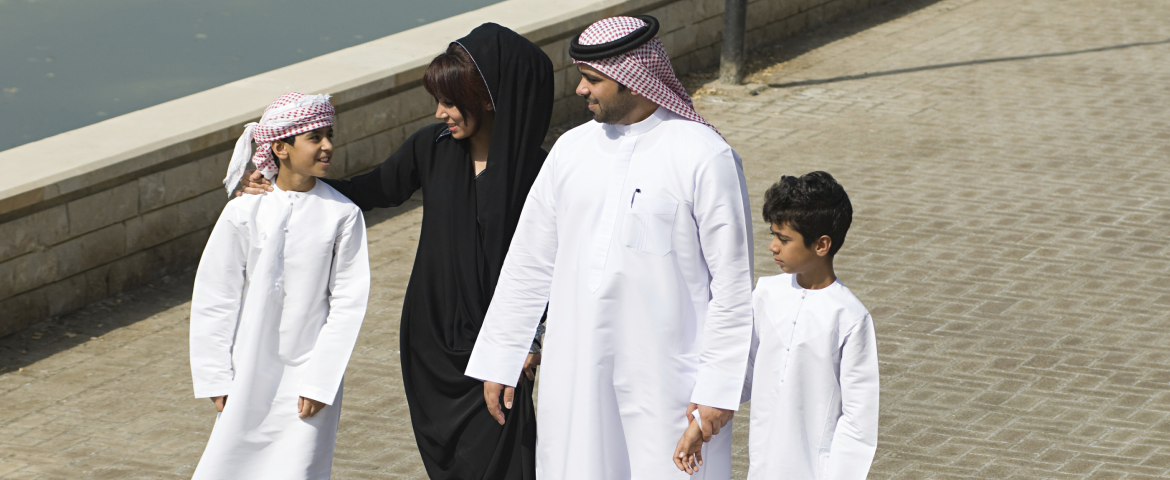Saudi Arabia is a country rich in history and culture, and its dress code reflects its deep traditions and values. For visitors, understanding and respecting these customs is essential to ensure a smooth and respectful experience. Traditional dress in Saudi Arabia is not just about fashion but also about following cultural and religious practices.
Men’s Dress Code
In Saudi Arabia, men typically wear a long, flowing robe called a “thobe” or “dishdasha.” This garment is usually white but can come in various colors. It is worn over a shirt and trousers, and it provides a modest appearance that is important in Saudi culture.
Men may also wear a headscarf called a “ghutrah” or “shemagh” to cover their head, often secured with an “igal,” a black cord. When visiting Saudi Arabia, it is respectful for men to wear these traditional garments, especially in public and religious settings.
Women’s Dress Code
For women, the dress code includes wearing an “abaya,” which is a long, black cloak that covers the entire body except for the face, hands, and feet. The abaya is worn over regular clothes and provides a modest appearance.
In addition to the abaya, some women wear a “niqab” or “burqa” to cover their face, though this can vary depending on personal choice and regional practices. It is important for female visitors to dress modestly and respectfully, ensuring that their arms and legs are covered at all times.
General Tips for Visitors
- Respect the dress code: Whether you are exploring cities or attending religious sites, dressing modestly is crucial. This shows respect for local customs and helps avoid any discomfort or misunderstandings.
- Pack appropriately: When traveling to Saudi Arabia, pack clothing that meets the dress code requirements. For men, this means including long robes and headscarves, and for women, it means packing an abaya and modest clothing.
- Be mindful of local customs: While in public spaces, avoid wearing revealing or tight clothing. Even in private settings, it is recommended to dress in accordance with local customs.
- Check for updates: Dress codes and cultural practices can evolve. Before traveling, it’s a good idea to check the latest guidelines or ask locals for advice to ensure your clothing choices are appropriate.
Conclusion
Understanding Saudi Arabia’s cultural dress code helps visitors blend in and show respect for local traditions. By dressing according to these guidelines, you will make your visit more enjoyable and respectful. Embrace the opportunity to experience Saudi culture fully and create positive, memorable interactions during your stay.


